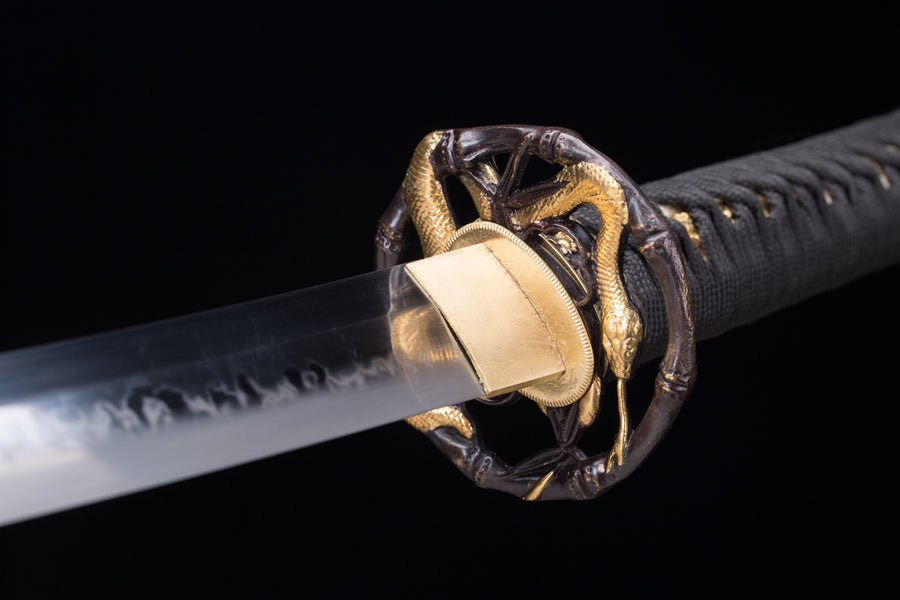The Legendary Yasutsugu: Master Swordsmith of the Tokugawa Era
Early Life and Background
Yasutsugu, originally named Shimosaka Ichizaemon, was born in Echizen Province, Japan. He hailed from a family of swordsmiths in the village of Shimosaka in Omi Province. In his youth, Yasutsugu traveled extensively, working in both Mino Province and Kyoto, which allowed him to hone his skills in various sword-making traditions such as the Senjuin and Mino styles. His early works were sometimes signed "Shimosaka" before he moved to Echizen in the 1590s.
Rise to Prominence
Yasutsugu's career took a significant turn when he came under the patronage of Matsudaira Hideyasu, the third son of Tokugawa Ieyasu, the first shogun of the Tokugawa shogunate. This patronage not only provided Yasutsugu with the resources and support needed to perfect his craft but also helped him gain recognition from the Tokugawa shogunate. Around 1605, Yasutsugu was granted the privilege of using the character "Yasu" from Tokugawa Ieyasu's name, marking his rise to prominence. He was also allowed to inscribe the hollyhock crest (Aoi mon) of the Tokugawa family on his blades, a rare honor that elevated his status even further.
Innovations and Techniques
One of Yasutsugu's notable contributions to sword-making was his use of nanban-tetsu, or foreign steel, which he incorporated into his blades to enhance their durability and sharpness. This innovation was significant at the time and set his swords apart from those of his contemporaries. Yasutsugu was also skilled in the art of saiha, the re-tempering of blades that had lost their tempered edge in fires, a valuable skill during the turbulent Sengoku period.
The Yasutsugu Lineage
Yasutsugu's legacy continued through his descendants, who maintained the high standards of craftsmanship he established. After Yasutsugu's death in 1621, his son, Ichinojô (also known as Nidai Yasutsugu), took over the family mantle. The Yasutsugu lineage eventually split into two branches: the Edo branch and the Echizen branch. Both branches produced several generations of skilled swordsmiths, with the Edo branch continuing for eleven generations and the Echizen branch for nine.
Enduring Legacy
Today, Yasutsugu’s swords are considered national treasures, celebrated for their exquisite craftsmanship and historical significance. Museums and collectors around the world prize these blades, not only as weapons but as works of art that embody the spirit and skill of their creator. The Yasutsugu school’s contribution to Japanese sword-making continues to inspire modern swordsmiths and enthusiasts, preserving the rich tradition of Japanese metallurgy for future generations.

